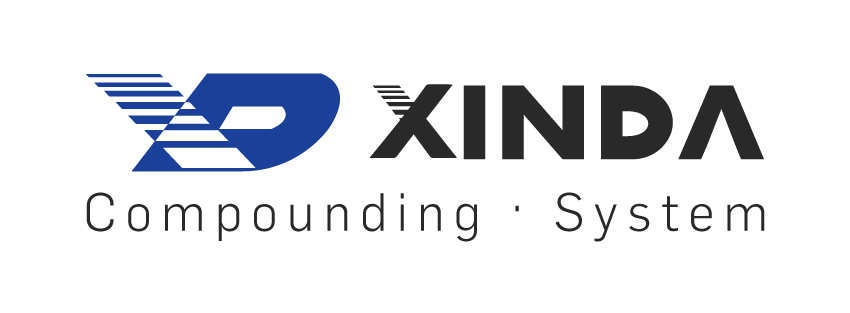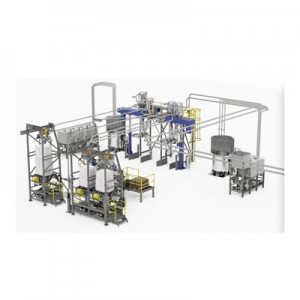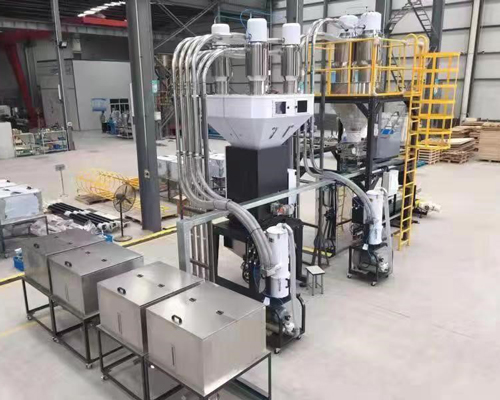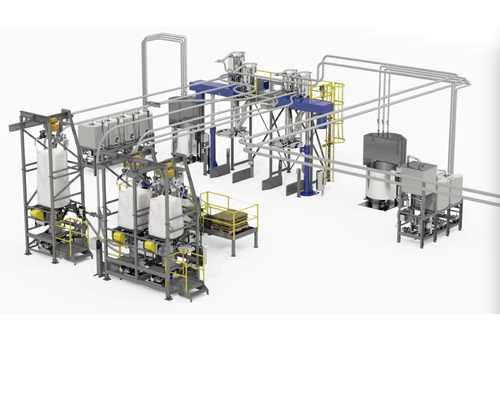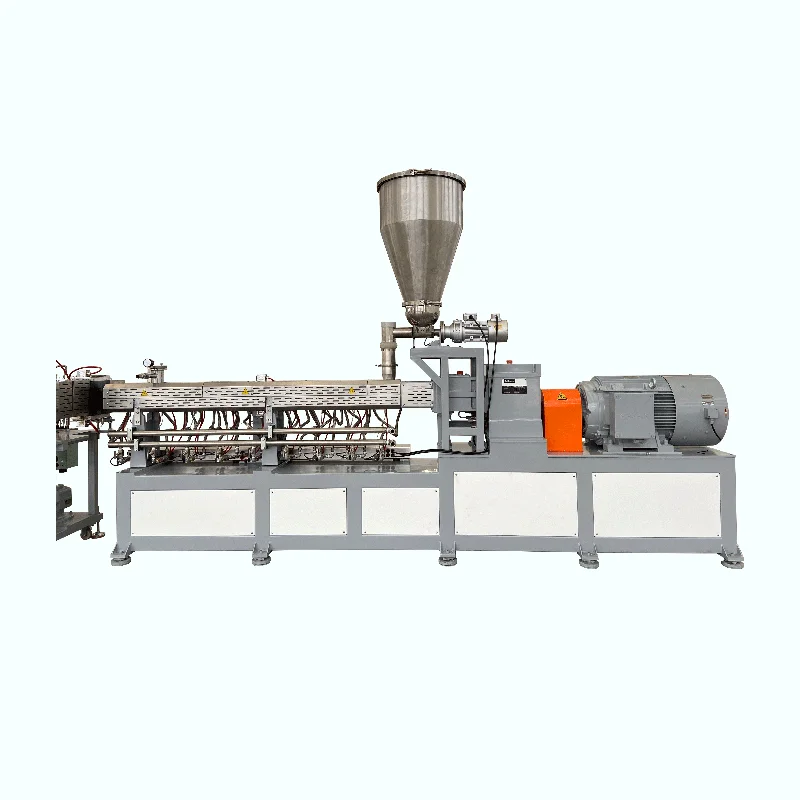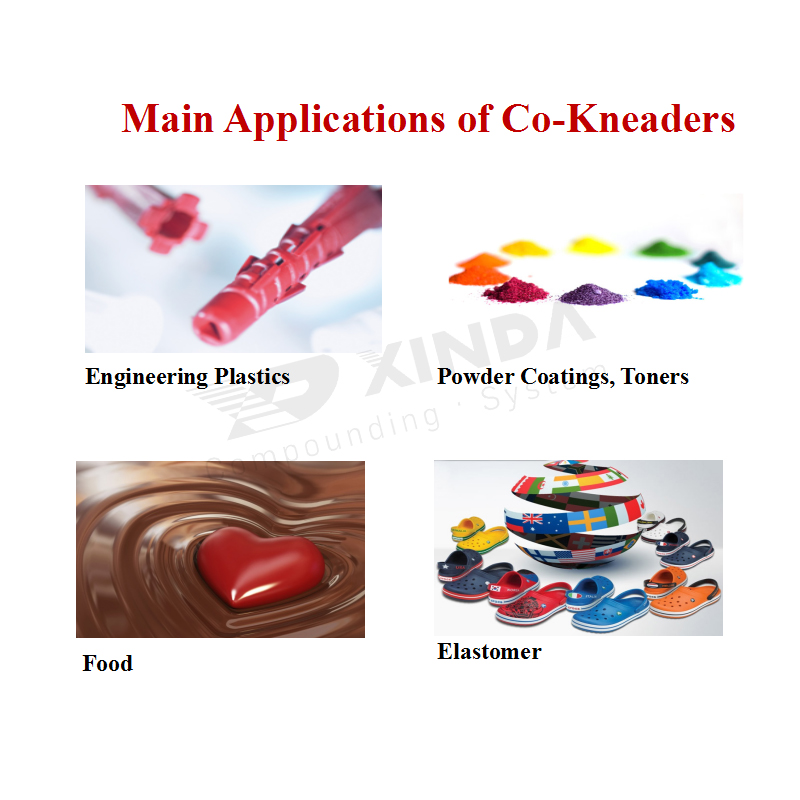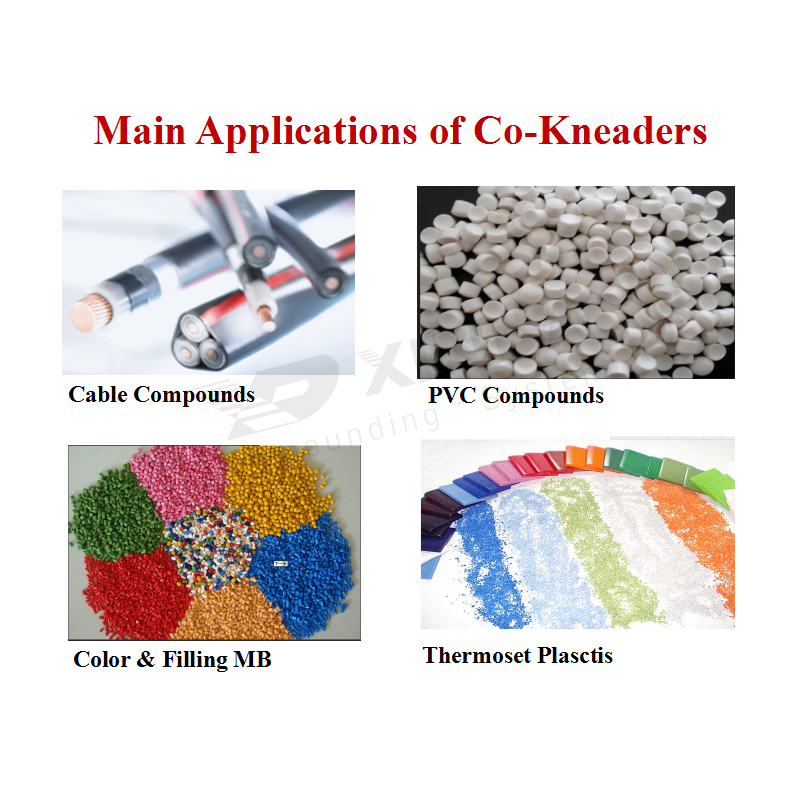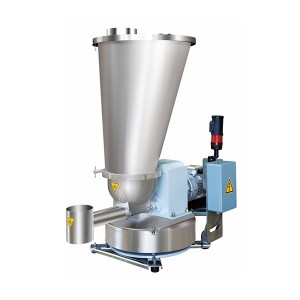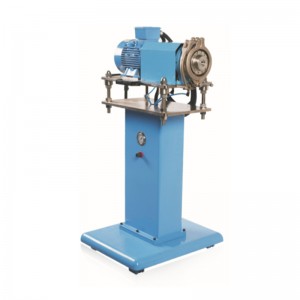material handling system
chuma dongosolo anathetsera
CONVEY PP: Positive pressure conveying, which is defined as to convey the material continuously when the whole piping system pressure is higher than local air pressure.
1. Use Roots blower as power, high-pressure air mix with material to make material flow moving as per blowing direction.
2. Less energy consumption compared with Convey NP.
CONVEY NP: Negative pressure conveying, which is defined as to convey the material continuously when the whole piping system pressure is lower than local air pressure.
1. Use Roots vacuum pump as power, make the piping system into vacuum condition, to convey material due to the two-phase flow.
2. Less conveying capacity and less temperature increase in the piping.
3. Continuous conveying or discontinuous conveying, no storage in piping
4. Multiple points for material in (inlet) and material discharging (outlet)
CONVEY PC: to convey material in the sealed piping by the chains system.
1. When conveying horizontally, material is pushed by the chains on its working direction. When friction between materials are higher than frictions between material and pipe wall, the material will move forward stably.
2. When conveying vertically, material is pushed by the chains on its working direction. Because the material feeding from bottom stopping the top material dropping produces the side pressure, which increased the inner friction of material. When this inner friction is higher than the pipe wall friction and material weight, the material will go through with the chain movement direction stably.
3. Less damage to the material due to smooth conveying.
4. Applicable for multiple material with less space occupation as well.
CONVEY SCREW: Conveying material by a specific spiral screw due to the pushing power.
1. Not applicable for high-viscosity material, big lump material
2. Simple and cheap solution
xinda is providing a turk-key solution for the material handling. please consult with us for a customized solution for your project.
Kugwiritsa Didimo kagwere Extruder :
- Various pulasitiki zochita kupanga filler, polima aziphatikiza (pulasitiki aloyi), pulasitiki mitundu, adzatani
- Various zomangamanga pulasitiki zolimba galasi CHIKWANGWANI, malawi-retartant pellets
- Various antibacterial, insulated, zipangizo toughening ntchito pa cholinga chimenecho
- Kuwala / zamoyo zipangizo degradable film, amylum degradable mapulasitiki ndi Mipikisano zinchito zipangizo odana chifunga film, etc.
- zinthu zenizeni chifukwa magalimoto ndi chipangizo chamagetsi banja ndi zipangizo chingwe, etc
- Themoplastic elastomers, monga TPR, TPE, ndi SBS, etc
- pellets buluzi kwa PVC airproof zidutswa, thermo-sungunuka zomatira, etc
|
Model
|
PSHJ 20
|
PSHJ 35
|
PSHJ 50
|
PSHJ 65
|
PSHJ-75
|
PSHJ-127
|
|
Wononga awiri:
MM |
21,7
|
35,6
|
50,5
|
62,4
|
71
|
126
|
|
chapakati Distance
|
18
|
30
|
42
|
52
|
60
|
102
|
|
Utali awiri alionse m'dzikoli pali
|
28-52
|
28-52
|
28-52
|
28-52
|
28-52
|
28-52
|
|
Main Njinga Mphamvu
|
4-5.5
|
22-45
|
75-110
|
110-185
|
160-280
|
90-160
|
|
Max.Screw Liwiro:
rpm |
600
|
600
|
600
|
600
|
600
|
600
|
|
Linanena bungwe makokedwe pa kutsinde: NM
|
32-43
|
175-358
|
597-875
|
875-1472
|
1273-2228
|
850-1528
|
|
Reference linanena bungwe: KG / HOUR
|
5-20
|
20-80
|
80-200
|
150-350
|
300-600
|
800-1500
|
|
Max.Screw Liwiro:
rpm |
800
|
800
|
800
|
800
|
500
|
|
Model
|
C-PSHJ 35
|
C-PSHJ 50
|
C-PSHJ 65
|
C-PSHJ-75
|
C-PSHJ-127
|
|
Wononga awiri:
MM |
35,6
|
50,5
|
62,4
|
71
|
126
|
|
chapakati Distance
|
30
|
42
|
52
|
60
|
102
|
|
Utali awiri alionse m'dzikoli pali
|
28-52
|
28-52
|
28-52
|
28-52
|
13-18
|
|
Main Njinga Mphamvu
|
22-45
|
75-132
|
110-250
|
160-355
|
90-160
|
|
Linanena bungwe makokedwe pa kutsinde: NM
|
131-269
|
448-788
|
657-1492
|
955-2119
|
850-1528
|
|
Reference linanena bungwe: KG / HOUR
|
150-300
|
200-500
|
400-800
|
500-100
|
800-1500
|
